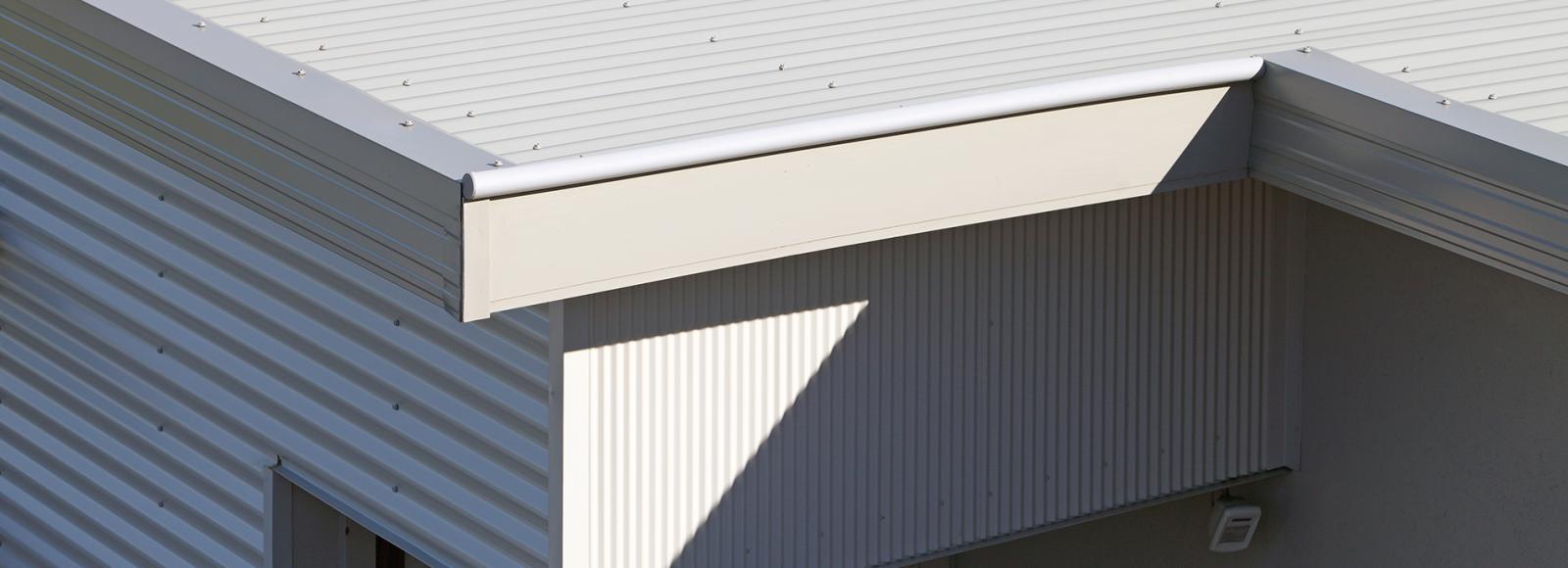
When it comes to protecting a home from the elements, the roof gets most of the attention—and understandably so. It’s the largest and most visible component of your home’s exterior. But what many overlook is the equally important role of fascia. These two elements may serve different purposes, but together, they form an essential system that keeps your home dry, secure, and standing strong.
This blog unpacks the differences between roofing and fascia, how they work together, and what you need to know to ensure your roofline performs beautifully for decades.
Roofing vs Fascia: Understanding Their Purpose
Roofing is the outer shell that shields your home from Australia’s weather extremes. From scorching sun to torrential rain, it must be strong, resilient, and suited to the local climate. There are many roofing materials on the market, but steel roofing has become a preferred option for its low maintenance and durability. In many homes, that includes products shaped from COLORBOND® steel, known for their thermal efficiency and colour longevity.
Fascia, on the other hand, is the trim that runs horizontally beneath the edge of the roof. A fascia board helps support the bottom row of roof tiles or sheets and acts as the anchor point for the guttering system. While its visual impact is subtle, its practical function is critical.
Fascia is also what gives your roofline a clean, crisp finish. Without it, your rafters would be exposed to rain, insects, and general wear.
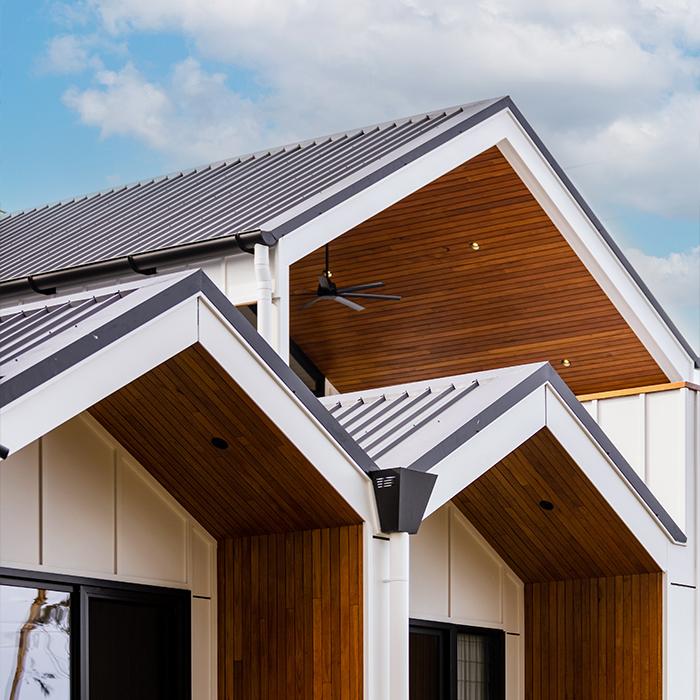
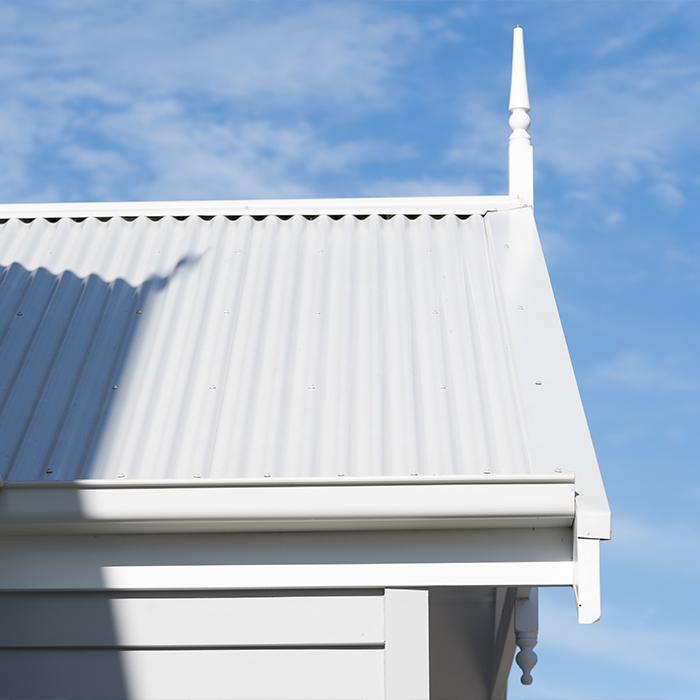
Why Roofing and Fascia Need Each Other
Fascia and roofing are structurally and functionally connected. Roofing deflects rain away from your home. Fascia supports the gutters that channel rain safely into drainage systems. If your fascia is damaged, your gutters may sag or collapse under water weight. That, in turn, can lead to water flowing back toward the house, damaging your eaves or internal ceiling.
On the flip side, if your roof sheeting isn’t correctly installed or has corroded over time, water may be misdirected and pool directly onto the fascia board—leading to early failure.
One without the other is only half the solution. Together, they form the complete protective edge of your home.
Spot the Signs of Wear and Tear
Every six to twelve months, a visual inspection of your roofline can help identify potential issues early:
Roofing:
- Rust spots or corrosion, especially at fixings
- Lifting or warping of sheets at ridges or edges
- Discolouration from water pooling or environmental exposure.
Fascia:
- Paint flaking or bubbling
- Timber fascia showing signs of swelling, rot or insect damage
- Gutters pulling away or sagging, may indicate fascia weakness.
Staying on top of these warning signs can save significant time and cost in future repairs.
Why Material Matters
The longevity of your roofline depends heavily on the materials used. Traditionally, fascia was made from timber, but this comes with known issues—regular painting, vulnerability to moisture, and susceptibility to decay over time.
Today, many homeowners are choosing metal fascia alternatives for lower maintenance and longer life. Steel fascia does not warp or rot, and when shaped from COLORBOND® steel, it resists chipping, cracking and fading for years to come.
Similarly, not all roofing products are created equal. Selecting high quality steel roofing ensures you get the strength and thermal performance your home needs, without the ongoing upkeep.
The Benefits of an Integrated System
Specifying your fascia and roofing from a single, cohesive system has multiple advantages:
- Colour consistency across all visible roofline elements
- Streamlined installation, reducing labour time and complexity
- Long-term material compatibility and uniform performance
- Peace of mind knowing the components are engineered to work together.
Builders appreciate the simplicity. Homeowners enjoy the result, both visually and structurally.
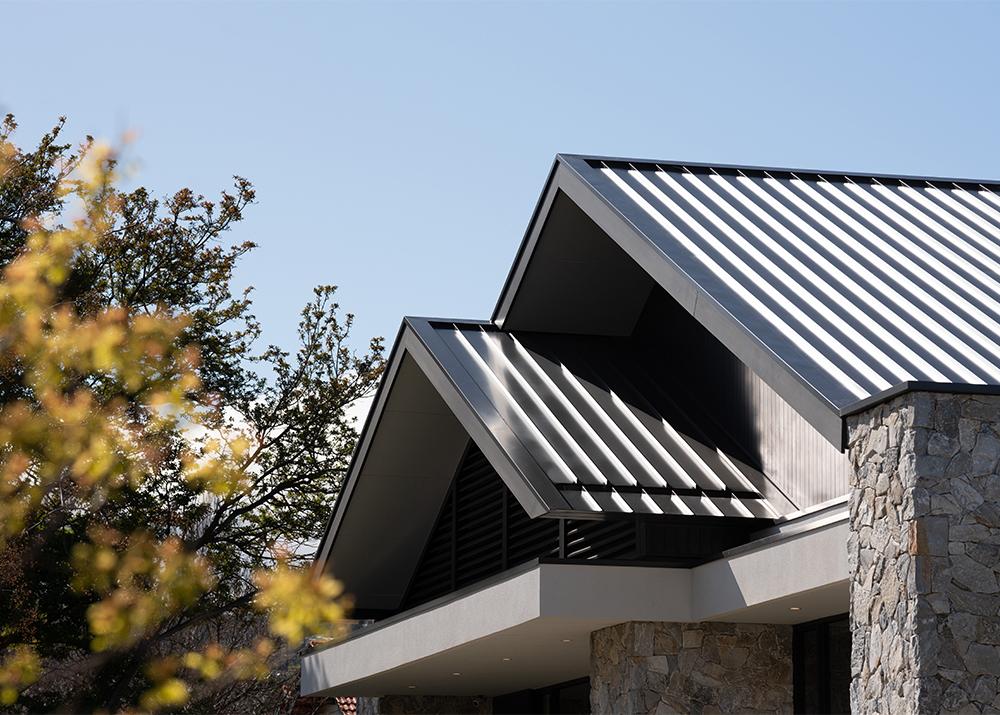
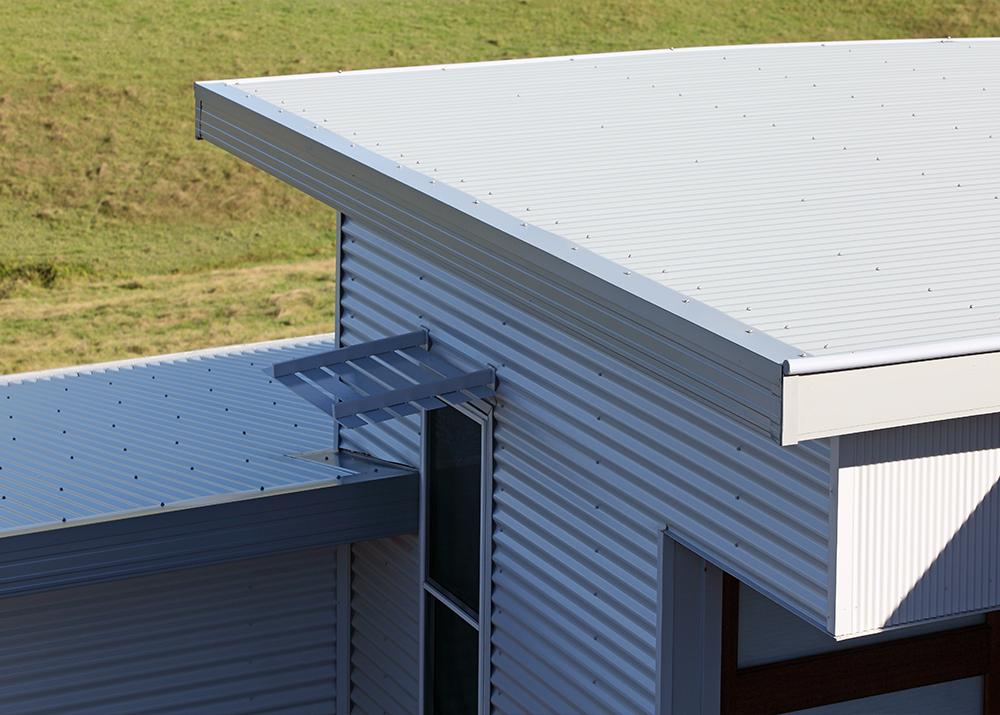
Choose the Right LYSAGHT® Products for a Cohesive System
Whether you’re building new or replacing old, here are some standout LYSAGHT® options to consider:
- LYSAGHT NOVALINE® Fascia System
Designed to provide a neat, low-maintenance finish to rooflines, NOVALINE® integrates easily with guttering and provides long-term protection. It’s a smart upgrade from timber fascia, offering superior durability and appearance. - LYSAGHT CUSTOM ORB®
The iconic corrugated profile for roofing and walling, combining tradition with modern performance. Ideal for rural, coastal, and contemporary architectural styles. - LYSAGHT KLIP-LOK 700 HI-STRENGTH®
A concealed-fixed profile that delivers strong, clean lines—perfect for low pitch roofs where water-tightness is critical. - LYSAGHT TRIMDEK®
A versatile, high-strength roofing profile offering excellent spanning capacity and quick installation.
How to Maintain a Strong Roofline
Looking after your roof and fascia doesn’t have to be complex. A few regular checks and minor actions can help extend their lifespan significantly.
Roofing Maintenance:
- Clear branches and leaves to prevent corrosion
- Check for loose screws or lifting sheets
- Clean surfaces gently with water to remove grime.
Fascia Maintenance:
- Ensure gutters are secured and not holding stagnant water
- Repaint or touch up coated metal fascia if scratched
- Replace old or rotting timber boards before damage spreads.
Engaging a professional for an annual inspection is a great way to stay on top of any developing issues, especially if your home is in a high exposure area.
It’s More Than Just a Roof
Yes, your roof matters. But it’s not working alone. Without fascia, there’s nothing to support the guttering. Without proper roofing, water ends up where it shouldn’t. Together, they create a seamless barrier that protects your home from the top down.
So if you’re building, renovating, or simply planning ahead, give equal consideration to both roofing and fascia. Choose materials that are not only high quality, but that work together by design.